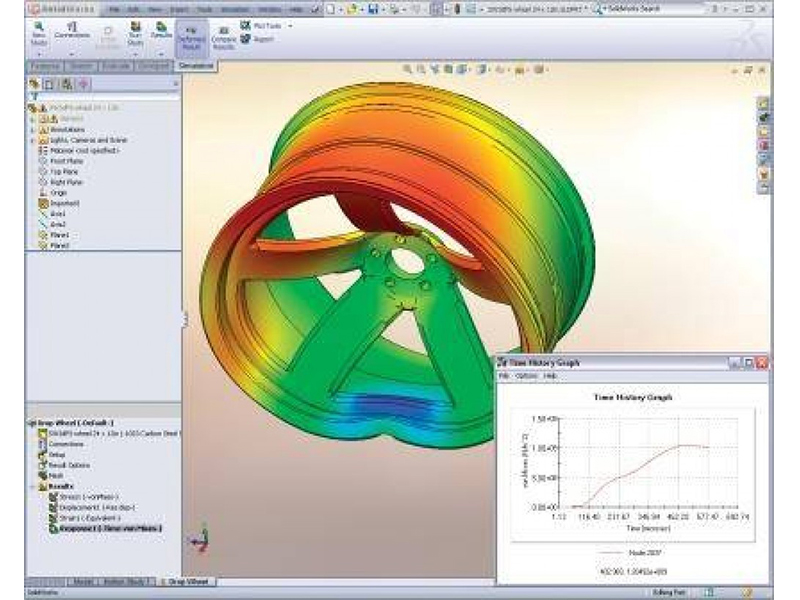
Sustainable Construction
Lorem ipsum dolor...

Design Analysis Services
We call design analysis to determine whether the part or assembly will comply with the design objectives and possible problems that may arise in mass production. If the design analysis takes place during the design, before the production equipment investments are made, we call it design pre-verification.
As an example of design analysis; Fault types and impact analysis (FMEA), assembly study (detection of interventions, determination of assembly / service order), finite element method, tolerance analysis and engineering analysis.
Thanks to analysis methods during design, it is the most efficient method to reveal possible errors and risks that may occur and to transfer precautions to the design before starting the mold / equipment investment. This work is not done during the design, or if an error occurs in a part (such as breakage) that is in use due to changes later on, it can also be used for the detection or verification of solutions.
In both cases, the goal is to meet the customer expectations of the design and to obtain a product free of risks in terms of design.
Analysis methods aim not only to identify risks but also to verify solutions.
Finding solutions to mitigate risks by interpreting the analysis results correctly requires experience and expertise.
Why Design Analysis?
While designing, methods such as previous studies and examining similar designs are generally used. However, not every new design is exactly the same as a previous design or a similar design. Each design is a separate example on its own and needs to be analyzed in line with its objectives in its own circumstances.
Problems in the commissioning phase of the project are mostly caused by insufficient verification activities during the design phase.
Risks detected by analysis methods can be prevented at the design stage and can be eliminated at a lower cost before errors occur. Mold / production equipment modification to be made in the post-design phases, supply of new materials, even the collection of the product from the market, can cause an increase in costs, prolongation of project times and loss of reputation before the customer. The way to minimize unwanted results is to analyze at the design stage.
Our Expertise Areas
Fault Types and Impact Analysis (FMEA)
It is to recognize possible errors and risks that may occur in a process or product before the process or product is put into mass production and to determine the necessary precautions. We ensure that risks are reduced with Fault Types and Impact Analysis for your processes or designs.
Assembly and Motion Analysis
Generally, the vast majority of manufactured parts work in conjunction with other (opposite) parts. Even if the part alone meets the design goals, when it comes together with system parts, static or dynamic interference (unwanted contact with another part) may occur. It is the analysis made at the design stage with 3-dimensional data and motion information, if any, of all parts working together.
Finite Element Analysis (FEA)
One of the goals of design is often strength. With the Finite Element Analysis method, a design change is provided by creating critical information such as whether a part will meet the strength targets and where the weakest part is. Only in this way can the part be able to withstand the loads to which it will be subjected, as well as preventing the use of unnecessary amount of material. There is always a result in a problem analyzed by the Finite Element Method, unless there is a mathematical error. However, the reliability of the result depends on 3D geometry, material definition, determination of boundary conditions (loads), appropriate selection of mesh type and dimensions, and solvent.
Tolerance Analysis
Performing and correcting all the above-mentioned analyzes on the part and verifying the design ensures that the part passes only the tests and trial production stages without any problems. If only parts of nominal dimensions are used in analysis and tests, it will not give a result about the problems that may be encountered in mass production, including production variations. During mass production, natural variables in the process will start to use the part's tolerances. If the part tolerances are too narrow, it will force the process, and too wide will cause errors. During the design phase, a tolerance analysis must be made with the parts against the tolerated critical dimensions of the part. However, in this way tolerance conflict is prevented and errors are minimized and quality